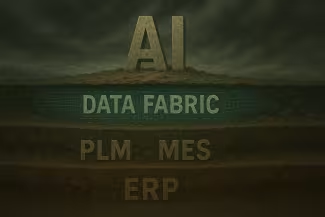When SAFe Works: a Digital Transformation Guide
SAFe succeeds in large enterprises requiring coordination across multiple development teams with complex dependencies. The framework's evolution toward business agility and competency-based guidance addresses scalability challenges while maintaining agile principles. Success requires certified practitioners, strategic pilot implementation, and executive commitment to sustained transformation. SAFe excels in regulated industries like financial services, aerospace, healthcare, and manufacturing where coordination discipline directly impacts delivery outcomes. Organizations should start with Essential SAFe, invest in internal capability development, and focus on business results rather than process compliance. Key insight: SAFe provides coordination structure enabling agility rather than constraining it.


